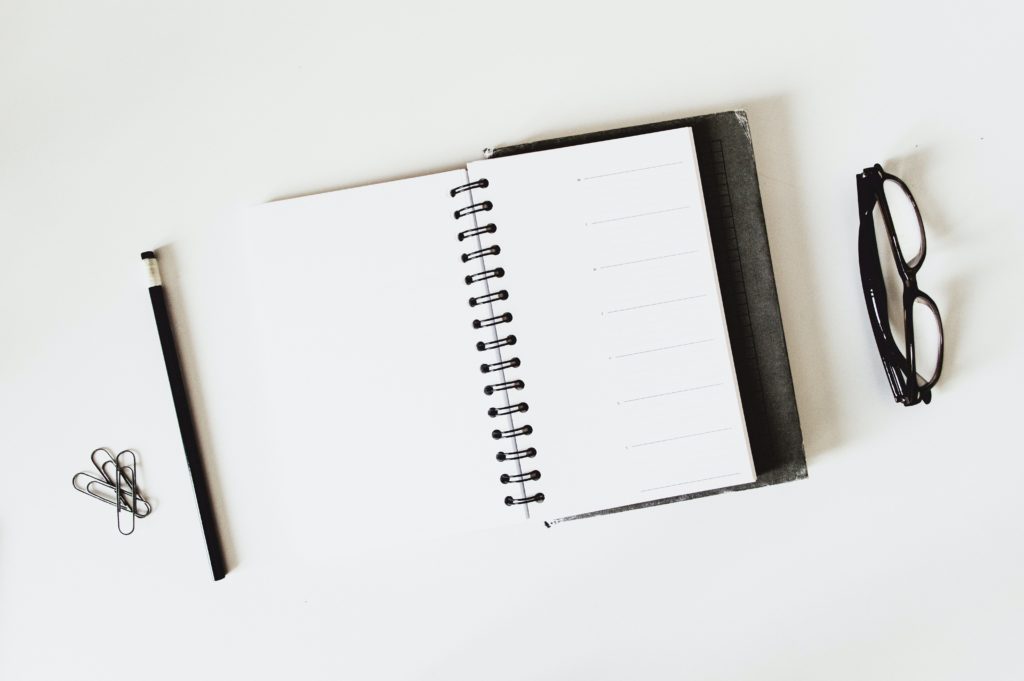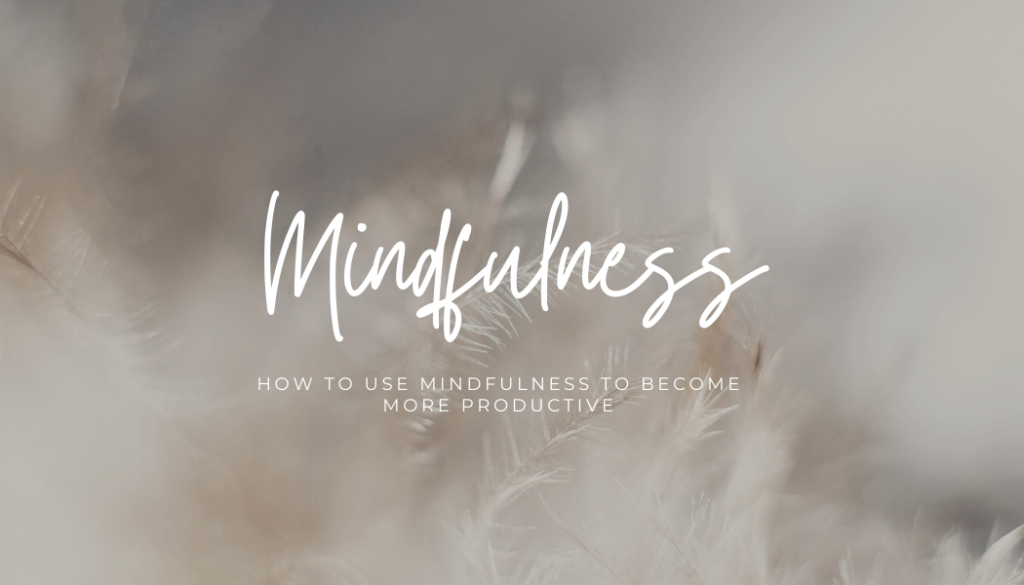The definition of mindfulness is the ability to stay in the present moment with whatever type of experience, emotion or sensation you might experience.
When applied to the various areas of our lives, this simple exercise can lead to a more conscious and fulfilling life.
Mindfulness is not only for the monk who decides to dedicate his entire life to meditation, or to those hippies who spend hours chanting and enjoying silence.
Mindfulness has become more mainstream nowadays and it might be the only one thing that I’m happy about becoming mainstream.
“But, why?” I hear you saying. Isn’t it better to have this tool in the right hands?
The answer is no. The more people use this tool even if they are not dedicated to spirituality, the better the world becomes.
Any type of activity can improve when and if mindfulness is applied.
Mindfulness for productivity: The state of Flow
A lot of folks might have heard the state of flow that Mihaly Csikszentmihalyi talks about in his book entitled “Flow: The Psychology of Optimal Experience”. This is a state in which one forgets about the world around themselves and is fully emerged in the task at hand.
In that space, productivity skyrockets. There is no way you cannot deliver and show up to the thing you need to do 100%.
I still remember the day I sat down to do my tax return. An activity that can be so daunting at times, was flowing nicely and quickly. I sat down and used what I learned in my meditation practice. I used mindfulness for productivity. In about a couple of hours, I was done with the taxes, double checked numbers and I was ready to move on to my next thing.
What made the difference was the full presence of my mind in the here and now.
The difference was that I had no particular story running in my head.
It was just me, the numbers and the inner wisdom that was guiding my action.
And no, this is not a fantasy.
Many other authors talk about this state of flow, one of them being M Singer. In his book, The Surrender experiment he talks about how he wrote his dissertation in a burst of inspiration and how he did all the things he did, including managing a big company and hundreds of employees, using the art of staying in the present moment and training his mind to be fully immersed into the here and now.

But how do we achieve this state? Let’s take it step by step.
Learning to stay present
First of all, take some time in your day to train your mind into being present in the here and now. If you have never practiced mindfulness before, a great place to start is “Headspace”. A very easy to use app that guides you in the art of mindfulness. It is simple and easy, and you can practice as little as 2 to 5 minutes. The key is to show up to that intention that you have for yourself and be consistent. In a couple of days you will notice how your mind is calmer and more attuned to the present moment.
Use productivity tools and mindfulness to help your process
Next is to make a plan for what you want to accomplish. Setting yourself a goal, a target or an intention will give your mind something to work on and when you actually will get to do the task, it will know exactly what it needs to accomplish. This is what I consider as getting out of your way and making things simpler for your mind. Is the same as adding some plants to your room. Scientifically we know plants improve your mood, so why not have some just next to your desk?
Tuning into the present moment
Thirdly and most importantly, turn off all your notifications when you are about to start the task. Forget about messaging, checking your emails or checking the time.
Allow yourself to forget about the outer world and just focus on the task on hand. Practice some deep breathing exercises as the ones you learn in your mindfulness practices and get to it. One of the tools which might help you in this process is the Pomodoro technique.
You will quickly see how, what usually took you an hour to get done, takes half of the time now. And don’t be surprised. This is what science promises and this is what mindfulness has to offer us. It is not an easy job, and we need to show up to our practice, but the results are so beyond what you ever experience, that giving it a shot is worth the work.
Tell me, have you come across the concept of flow before? And have you experienced that in the past? Did you use mindfulness for productivity? What helps you to stay present to the task at hand? Where have you learned how to focus and concentrate?
If you need extra accountability, get in touch and we can work out a plan that will support your long-term and short term goals!
